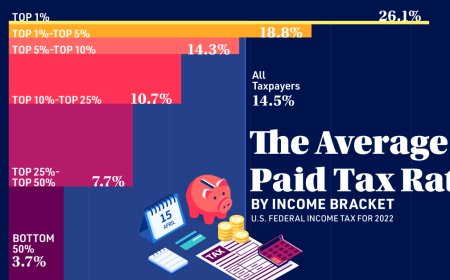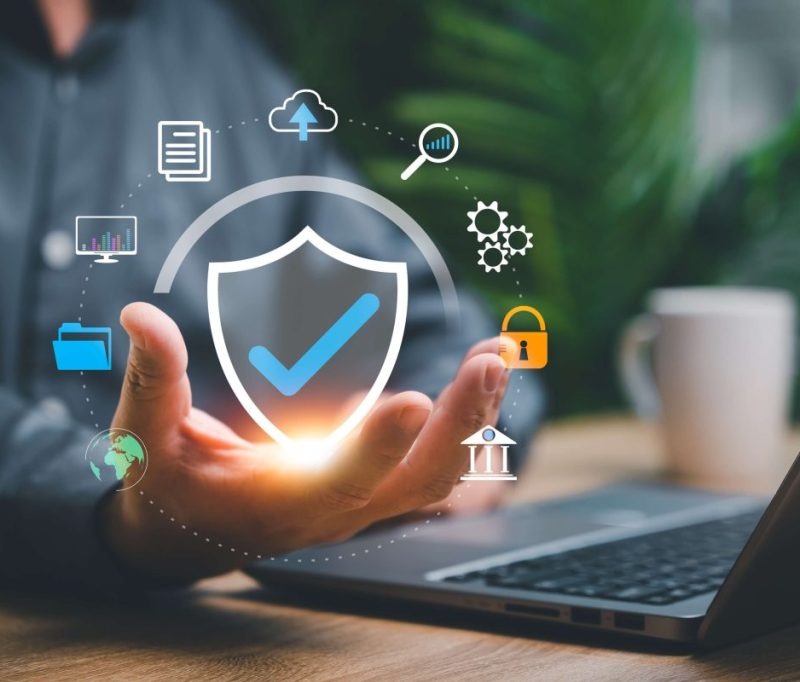How Do You Ensure Data Privacy with a Student Attendance Management System?
Learn how to protect sensitive student data with a secure Student Attendance Management System. Discover privacy strategies that align with Campus Management, LMS Software, and Student Information Management solutions.

In todays data-driven education ecosystem, student privacy is a critical concern. As institutions increasingly rely on digital platforms to manage attendance and other academic processes, safeguarding student data becomes a top priority. One such platformStudent Attendance Management Systemplays a vital role in tracking student presence efficiently. However, the sensitive information it collects demands robust privacy measures.
In this blog, well explore how educational institutions can ensure data privacy while using a Student Attendance Management System and how it integrates with broader platforms like Campus Management System, Holistic Report Card, Student Information Management System, LMS Management Software, and Library Management Software to create a secure digital learning environment.
Why Data Privacy Matters in Attendance Management
Attendance systems collect a wide array of data, including student names, roll numbers, biometric information, login timestamps, geolocation, and more. This data can potentially be misused if not protected adequately. Ensuring privacy isnt just about compliance with data protection lawsits about building trust with students and parents and maintaining institutional integrity.
A secure Student Attendance Management System can significantly reduce the risk of data breaches, cyberattacks, and unauthorized access.
Key Privacy Challenges in Attendance Systems
Before diving into the solutions, its important to understand the challenges:
-
Data Centralization: Storing all student attendance data in a centralized system makes it a high-value target for hackers.
-
Access Control: Unauthorized staff or students might gain access to sensitive data.
-
Third-Party Integrations: Attendance systems often integrate with other platforms, which can introduce security vulnerabilities.
-
Data Retention Policies: Institutions may not have clear guidelines on how long to store attendance data.
Fortunately, modern solutions address these issues through thoughtful design and strong privacy policies.
Strategies to Ensure Data Privacy in Student Attendance Systems
1. End-to-End Encryption:
To ensure that data remains secure during transmission, the system must use end-to-end encryption. Whether data is being transferred from a mobile attendance app to the main server or shared with other departments, encryption ensures that the data cannot be intercepted or altered.
2. Role-Based Access Control:
Implement role-based permissions that limit access to sensitive information. For example:
-
Teachers can only view and update the attendance of their assigned classes.
-
Administrators can oversee the overall attendance data, but cannot modify it without logging activity.
RBAC reduces the risk of internal data misuse and ensures accountability within the Campus Management System.
3. Secure Integrations with Other Systems:
Your attendance software likely integrates with systems such as:
-
Student Information Management System (to sync student profiles)
-
Holistic Report Card platforms (to correlate attendance with academic performance)
-
LMS Management Software (for tracking attendance in virtual classes)
-
Library Management Software (for complete student behavioral insights)
Ensure these integrations use secure APIs with strict authentication protocols to maintain data privacy across platforms.
4. Two-Factor Authentication:
Adding 2FA for system logins can drastically reduce the chances of unauthorized access. Even if a password is compromised, a second layer of verification keeps data secure.
5. Audit Trails and Activity Logs:
Keep detailed logs of who accessed or modified attendance data and when. These audit trails help in identifying potential data breaches and hold users accountable for misuse.
6. Compliance with Data Protection Laws:
Ensure that your Student Attendance Management System complies with:
-
FERPA (in the USA)
-
GDPR (in Europe)
-
Indias DPDP Act (in India)
These regulations mandate how student data should be collected, stored, processed, and deleted. Compliance also means giving students and parents rights over their data.
7. Automated Data Retention Policies:
Set clear policies on how long attendance data should be stored and implement automated deletion after a specified period. This limits long-term exposure of sensitive data.
The Role of a Holistic Education Ecosystem in Privacy Management
When your Campus Management System is integrated with other tools like Library Management Software, Student Information Management System, and LMS Management Software, you create a unified educational ecosystem. However, this increases the number of data exchange points, each a potential vulnerability.
To safeguard this ecosystem:
-
Use centralized identity management to control access across platforms.
-
Maintain consistent privacy protocols across all systems.
-
Conduct regular security audits to identify weak points.
Additionally, integrating attendance data into the Holistic Report Card allows educators to analyze the correlation between attendance and performance, but only when privacy safeguards are enforced at every level.
Educating Stakeholders About Privacy
Data privacy is not just a technical challenge but a cultural one. Students, teachers, and staff must be educated on:
-
Recognizing phishing attempts
-
Avoiding weak or shared passwords
-
Understanding the importance of logging out of shared systems
-
Reporting suspicious activities
Conduct regular workshops and issue guidelines to promote digital hygiene.
Choosing the Right Vendor
Not all Student Attendance Management Systems offer the same level of privacy and security. When selecting a vendor, evaluate:
-
Their track record and client references
-
Security certifications (ISO/IEC 27001, SOC 2, etc.)
-
Customization options for security settings
-
Ongoing support for upgrades and threat monitoring
Look for vendors who offer privacy by designembedding data protection at every stage of the software lifecycle.
Conclusion
As educational institutions embrace digital solutions to enhance academic and administrative efficiency, ensuring the privacy of student data becomes indispensable. A secure Student Attendance Management System, when integrated responsibly with systems like Campus Management System, Holistic Report Card, LMS Management Software, Student Information Management System, and Library Management Software, not only boosts operational effectiveness but also upholds student trust.
By investing in privacy-focused technology, setting strict access protocols, and cultivating awareness among stakeholders, institutions can protect sensitive information while benefiting from the power of digital attendance tracking.








































